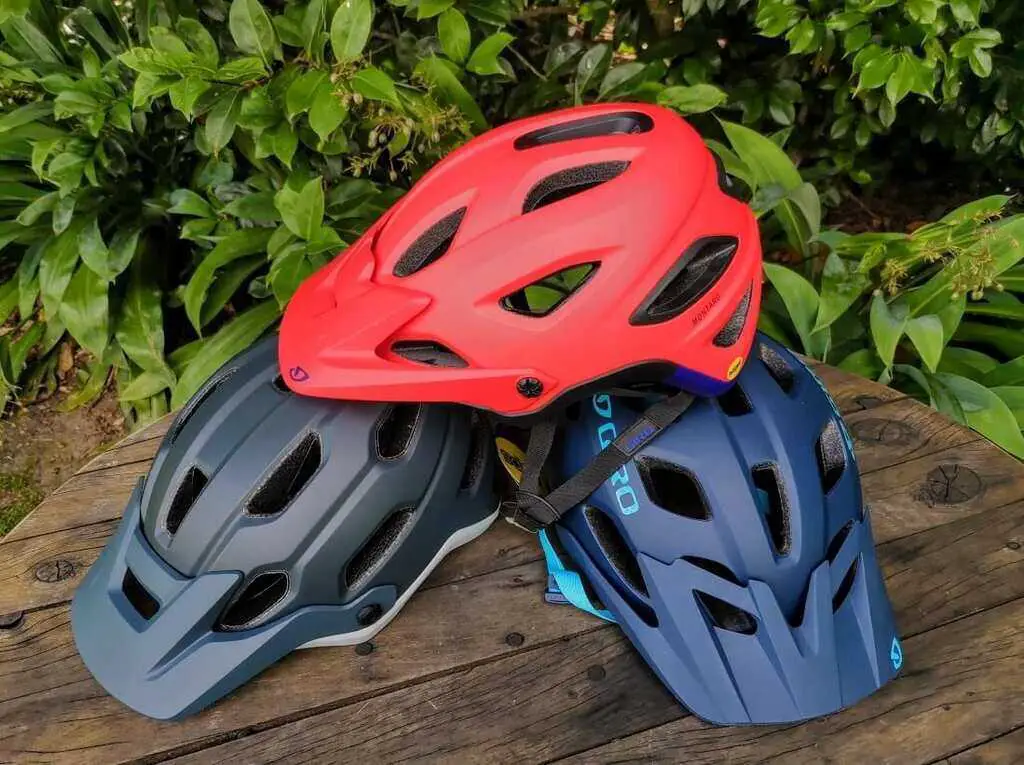The difference between cheap and expensive bike helmets comes down to a few things, but mainly it is the quality of the lid’s performance and the level of protection it offers. Helmets can cost anywhere from $15 to upwards of $500, all with the sole purpose of protecting your head from injury.
You don’t need to spend too much on a helmet to ensure you have the fundamentals. But as you start to look towards more expensive helmets, you begin to see higher levels of protection, comfort, ventilation and more of the ‘additional features’.
All helmets on the market have to pass certain standards, so what is the difference between a cheap bike helmet and an expensive bike helmet? We will look into that here!
How much should I pay for a Mountain Bike Helmet?
Pretty much it depends where and how often you ride. If you ride lots or on technical trails, a more expensive helmet will suit you better (as a guide, over $80).
Spending this amount will mean that you get a helmet with greater coverage to protect more of your head and will it will generally come with impact protection/ slip plane technology. It will also generally mean you are a lot more comfortable as it will fit better, sit comfortably on your head, and you won’t overheat!
If you don’t ride all that often (maybe a couple of times per month) or don’t ride very far, a cheaper helmet will suffice (again, as a guide, between $40 and $80).
However, as the price decreases, the quality and protection the helmet provide also decreases. Scroll down for ‘Are cheap helmets safe.’
What should I look for when buying a helmet?
First and foremost, you want a helmet that you know will keep you safe if you come off, otherwise, why bother wearing one at all!?
One thing that we see as compulsory here at MTB GearBox is having some sort of slip-plane technology that reduces the possibility of brain damage in an angled crash. Examples of this technology include;
- MIPS
- SPIN
- Turbine 360
- Wavecel
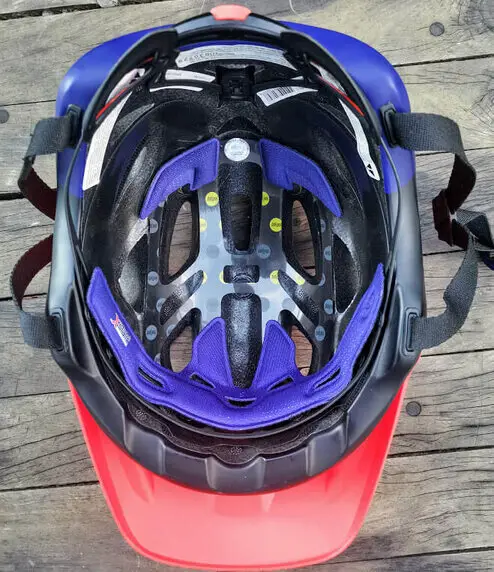
There are many more, but these are the most common on the market today. For more information on how these technologies work, see the anti-rotational technology section on choosing a mountain bike helmet.
Secondly, you want a helmet that has greater coverage (if you are mountain biking). What this means is that there is more of the foam shell of the helmet covering your head. If you come off in an awkward crash, it will stop sharp objects harming the back end of your head.
Thirdly, you want a smooth, rounded outer shell. You do not want any protruding objects to cause your neck to bend at awkward angles. The exception to this is an integrated camera or light mount, which has been designed to break away under an impact. For more information on breakaway camera mounts, see here.
And lastly, you want a good fit. Something that tightens around your head using some sort of retention system. A loose-fitting helmet will likely do more harm than good if it can slide around on your head. A retention system, such as Giro’s Roc Loc, tightens in small increments to ensure that the helmet will fit comfortably.
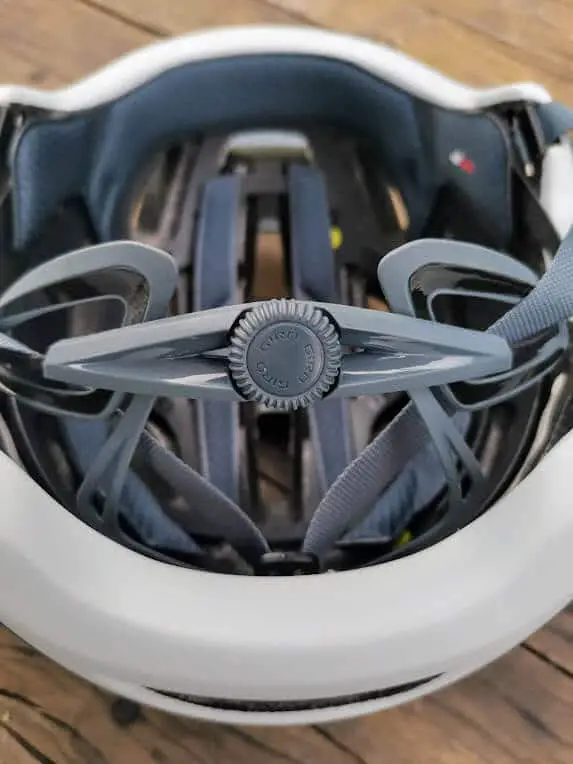
Do more expensive helmets protect your head better?
Not all helmets are created equal! A more expensive helmet will perform better, be a lot more comfortable, and generally fit a lot better. Clearly, this is a generalized statement, but on the whole, this is the case.
A more expensive helmet will put more time and money into designing a safer helmet. Virginia tech tested and reviewed the bestselling helmets on the market, and while there are a couple of exceptions, most of the helmets rewarded a 5-star rating cost over $100. There is only one helmet costing below $60 with a 5-star rating, and only one helmet with a price over $100 with a 3-star rating (which is the lowest rating given). For the results from Virginia tech’s test, see here.
Having a well-fitting helmet makes a world of difference. If your helmet moves around on your head, it won’t be able to defer as much energy from the impact away from your head.
Having more padding doesn’t really make any difference to your safety, but it does mean you are more likely to wear it all the time. Same with better ventilation, as you won’t be taking the helmet off when you climb hills and instead will be wearing (yes, you can come off riding up hills too!).
Are expensive helmets worth it?
An expensive helmet will be worth it- up to a point, and only if you ride often.
- Paying a little more to protect yourself from a permanent brain injury is always going to be worth it (unless you can ensure you will never come off- which is impossible, unfortunately!)
- It will be fit better and be more comfortable. That will mean you will not be deterred from riding your bike simply because you are more comfortable.
- You spend a lot of money on your bike, kit, and maintenance, so a little extra on something to keep you safe and happily riding is well worth it, in my opinion.
However, there are some very pricey helmets around. So, what is the difference between an $50 helmet and a $200 helmet?
Basically, with a more expensive helmet, you will get more features, better ventilation, and more effort in the design and shape of the lid. So, if you ride a lot, it is certainly worth investing in a better helmet.
Cheap vs Expensive Helmet Comparison
Here is a quick summary of the differences between a cheap and expensive bike helmets.
| Feature | Expensive Helmet | Cheap Helmet |
| Visor | Adjustable visor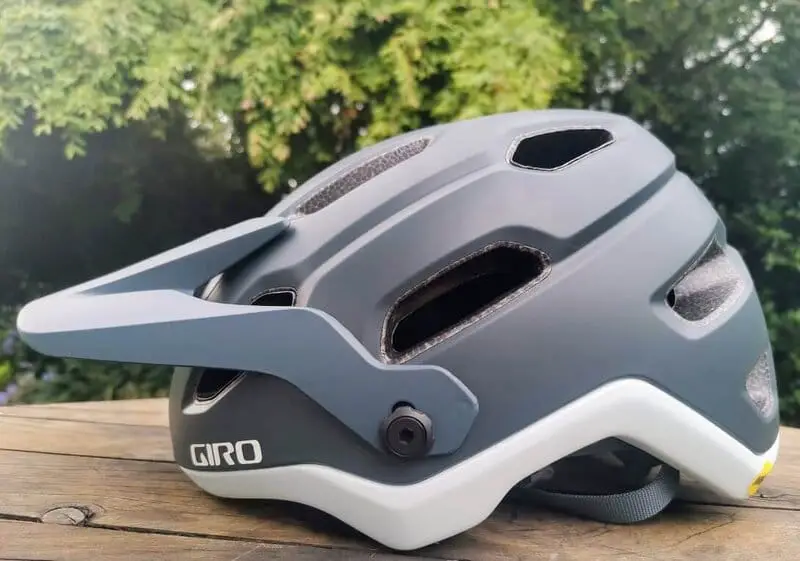 | Fixed 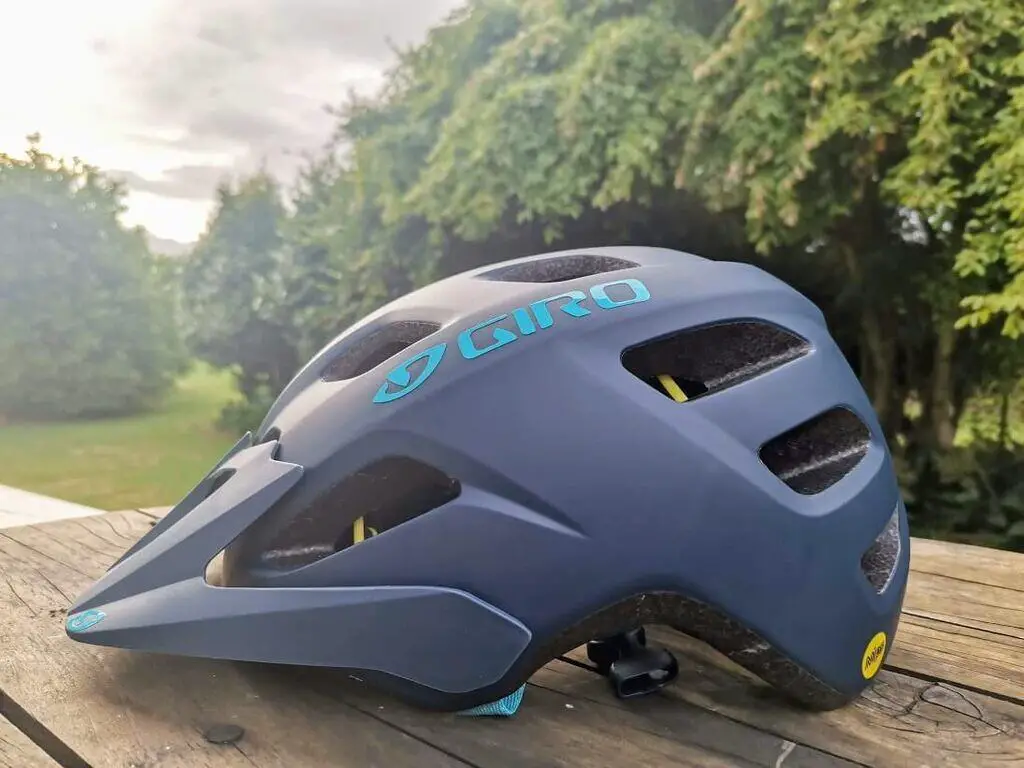 |
| Sizing | Range from XS to XL | One size fits all |
| Ventilation | Over brow vents, internal channeling, vents shaped and positioned for maximum airflow. | Vents |
| Padding | Resist’s odor build-up, anti-microbial, washable pads | Often deteriorates faster |
| Safety | Anti-rotational / slip-plane technology extended rear coverage and covers the temples. | Generally, no additional safety other than foam shell and outer plastic shell. |
| Fit | It will have a high-end retention system with small increments to get the right fit, adjustable positioning of the helmet up and down the forehead. | It tightens the back part of the helmet (not evenly around the head) and often difficult to do while riding. |
| Chin Straps | Adjustable beneath the ears and chin. Allows you to position the straps better against your cheeks. 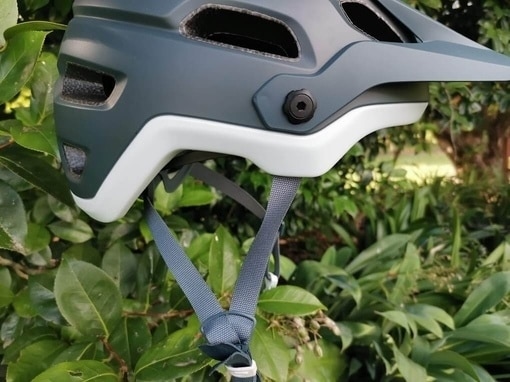 | Adjustable only beneath the chin.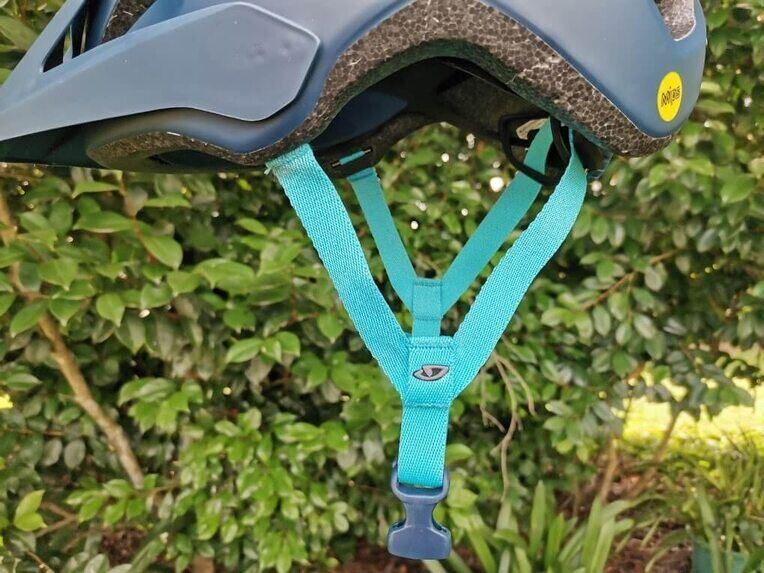 |
| Durability | The bottom lip of the helmet has been fully wrapped with a plastic shell, so there is no EPS foam exposed. 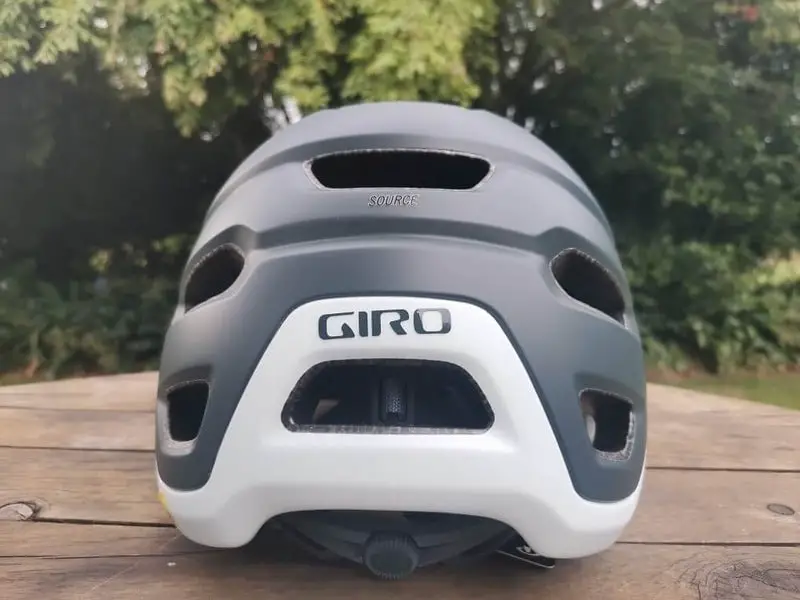 | The foam is exposed, which leaves the helmet vulnerable to wear and tear .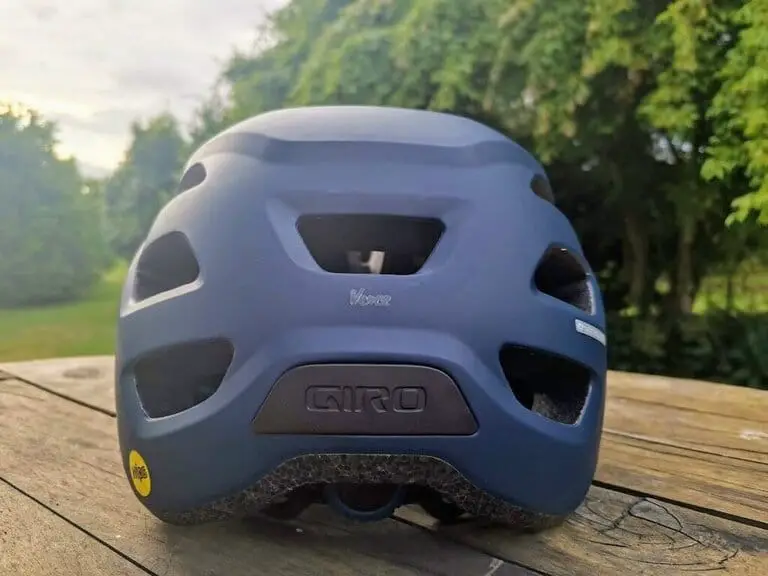 |
| Additional Features | Able to store goggles beneath the visor, goggle grippers, integrated camera/light mount, | None |
Are cheap helmets safe?
As mentioned earlier, all helmets have to pass certain standards before they are able to be sold. In the US, this is the CPSC (customer product safety commission) certificate and similar standards in the UK, Canada, Australia, and New Zealand. Therefore, all modern helmets are safe, right?
To some extent, the tests the helmets have to pass to meet the standards are pretty basic. They include ensuring the helmet stays on and reduces energy to the rider’s head in a crash and that it doesn’t block the rider’s vision. It doesn’t consider how much protection around the back and sides of the head, nor the energy transferred to the rider’s head in an angled crash, or the durability of the helmet.
Limitations to the Safety of a Cheap Helmet
A cheap helmet is less likely to be able to protect you if you come off. This is due to a few reasons.
- No slip-plane technology. This means there is a higher chance of brain damage if you hit your head on an angle. It is pretty unlikely you will come off without being on some sort of angle, so it is pretty useful to have.
- There is less coverage around the back of the head. If you hit the lower back of your head, it is more exposed and hence can lead to injury.
- They are less durable. Less design and lower quality materials may mean the helmet can be damaged from small drops or incorrect storage, even before you crash.
- Gimmicks will make the helmet less safe. The less smooth and rounded the helmet, the more likely it will catch on something when you crash and cause your neck and head to move at awkward angles. A good example of this is decorative additions such as ‘mohawks,’ ‘cat ears’ or ‘tiara’s’ that you often see on kids’ helmets.
Final Remarks
Effectively, the difference between cheap and expensive helmets is pretty substantial. The more you wear the helmet, the more of a difference it will make. A more expensive helmet is necessary for those who ride often, go on longer rides, or on more technical/difficult terrain.
If you don’t ride very often, a cheaper helmet may suffice. But you need to weigh up the cost of potential brain injuries with the cost of spending a bit more on a helmet. We recommend getting a helmet with slip-plane technology at the bare minimum. See here for helmets with MIPS.
For those people not wanting an expensive lid but don’t want to sacrifice safety, check out our review on the less expensive helmets here.
Remember that helmets are not a buy once and forget type of item. A helmet generally needs to be replaced every 2-5 years (check the manufacturer’s instructions) regardless of how much you use it. And they need to be replaced after a single crash- see here for more information on when to replace your bike helmet.
